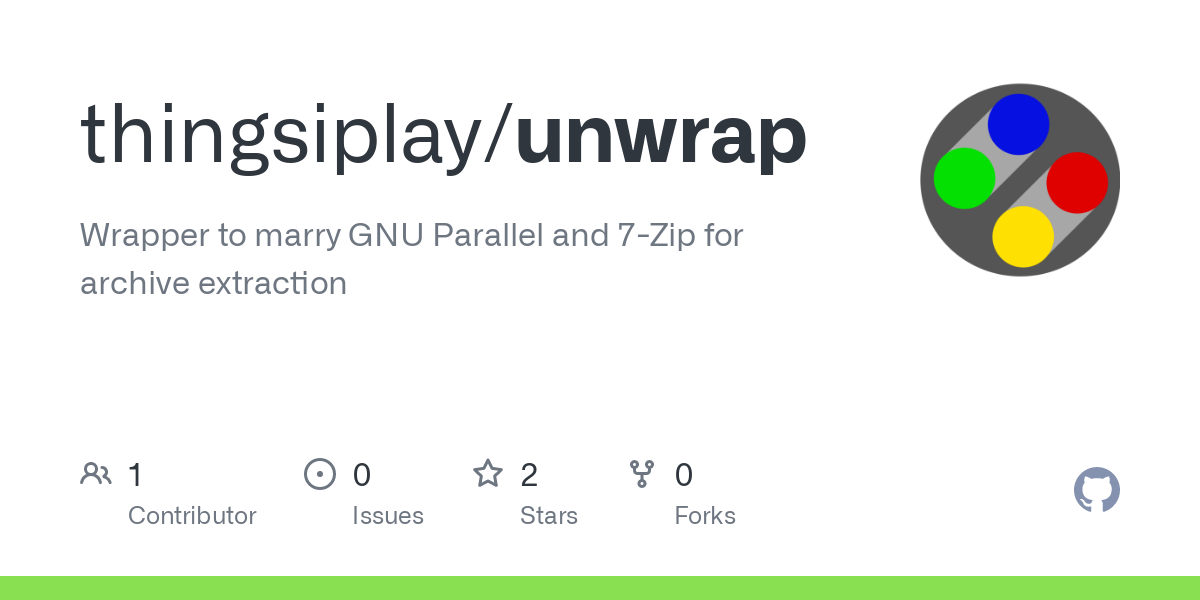I was about to start learning Perl in a proper way, but always decided against it. I just can’t find a good reason for myself to write Perl code. Unless you want to read or edit others Perl code, what is the reason to learn it? GNU+Bash and Python are often enough for me.
So why learning and using Perl in modern age and day as a newcomer to the language? Look, I’m not negative here, just asking honest question. Because I am actually searching for good reasons to learn Perl.




For the language itself, maybe. But never discourage people from learning something new. He seems to be excited and has motivation. There are also lot of legacy code, which would never get ported or maintained if nobody learns the language anymore, only a few old people at that point (look what happens to COBOL).